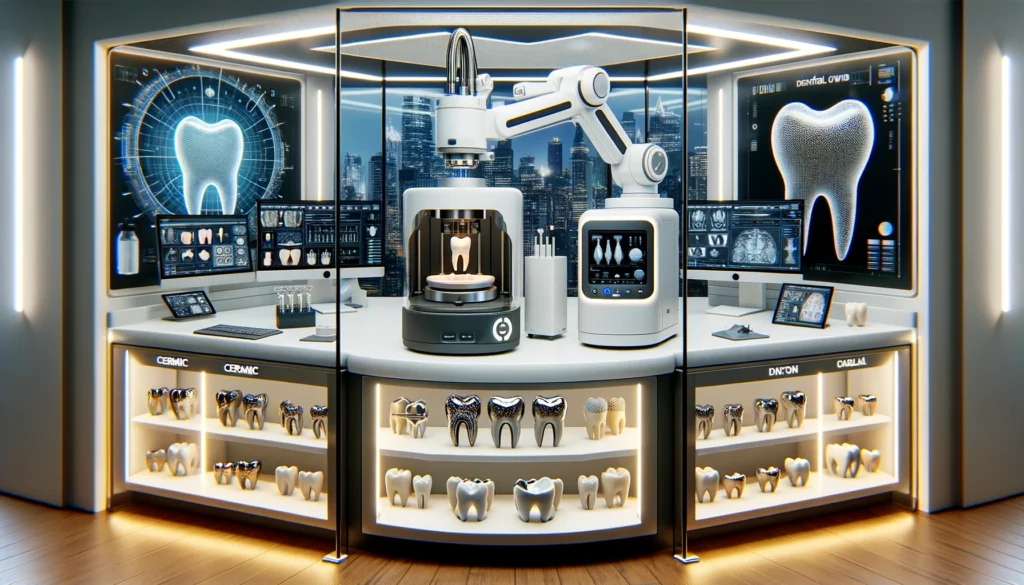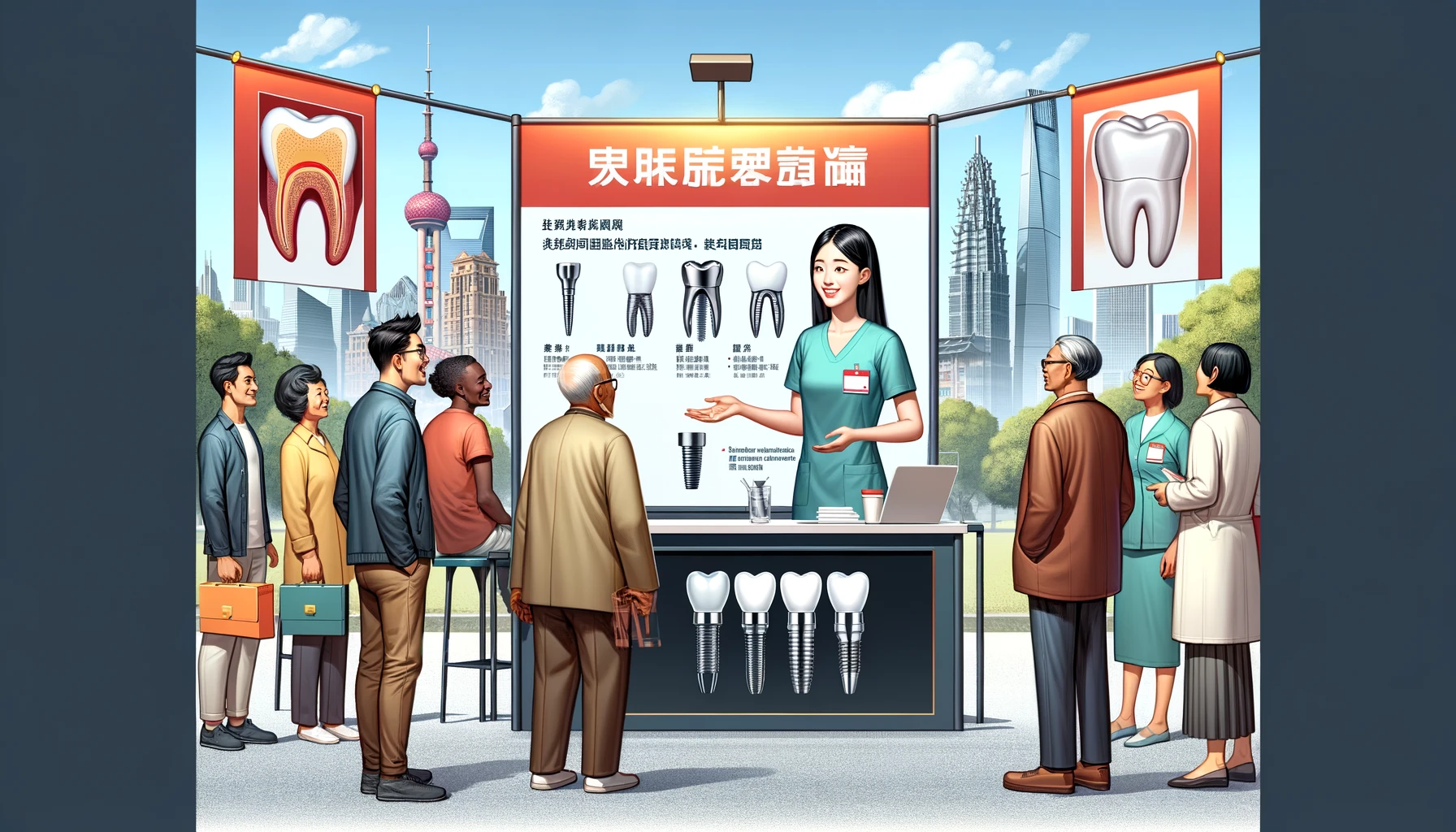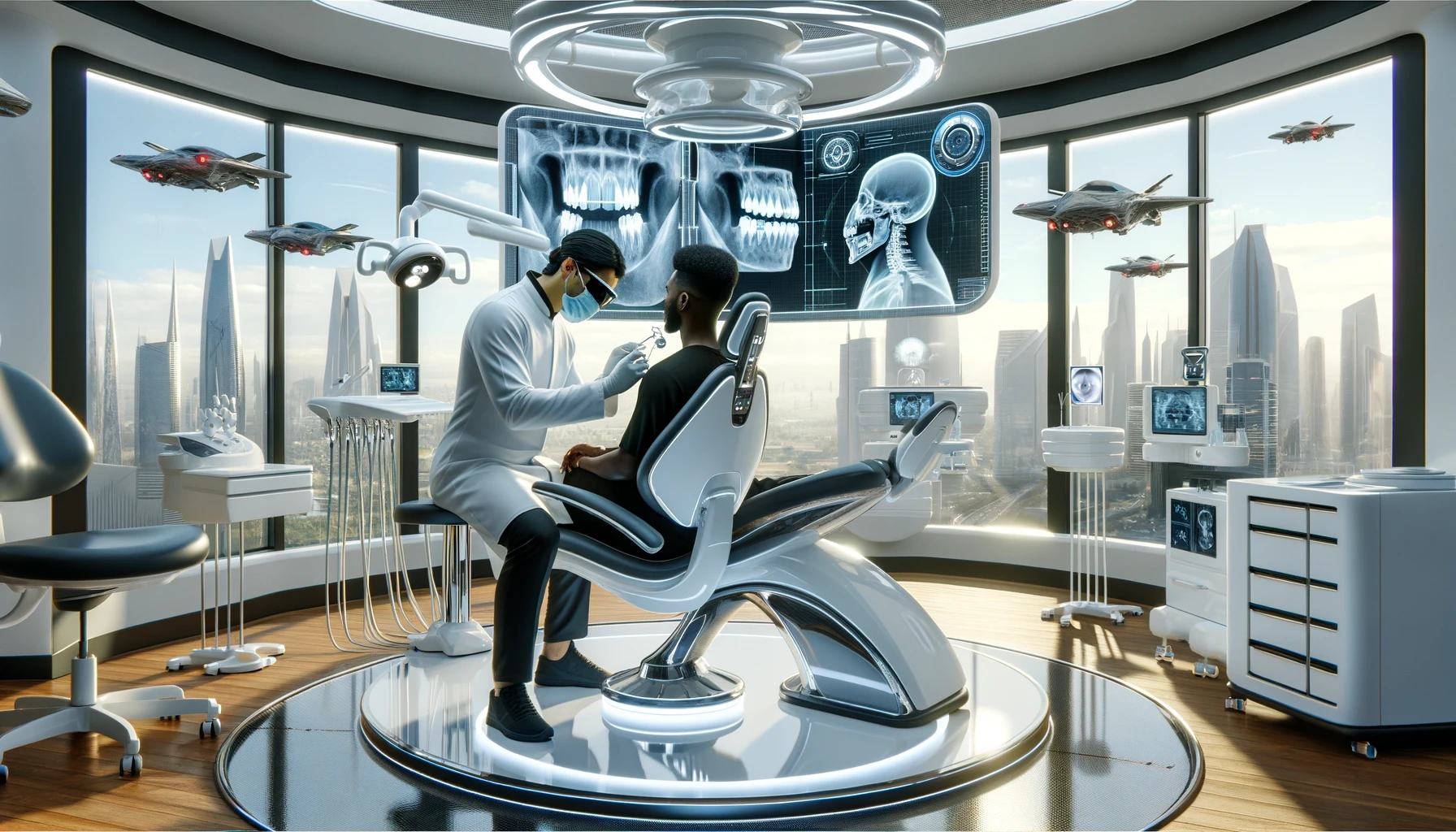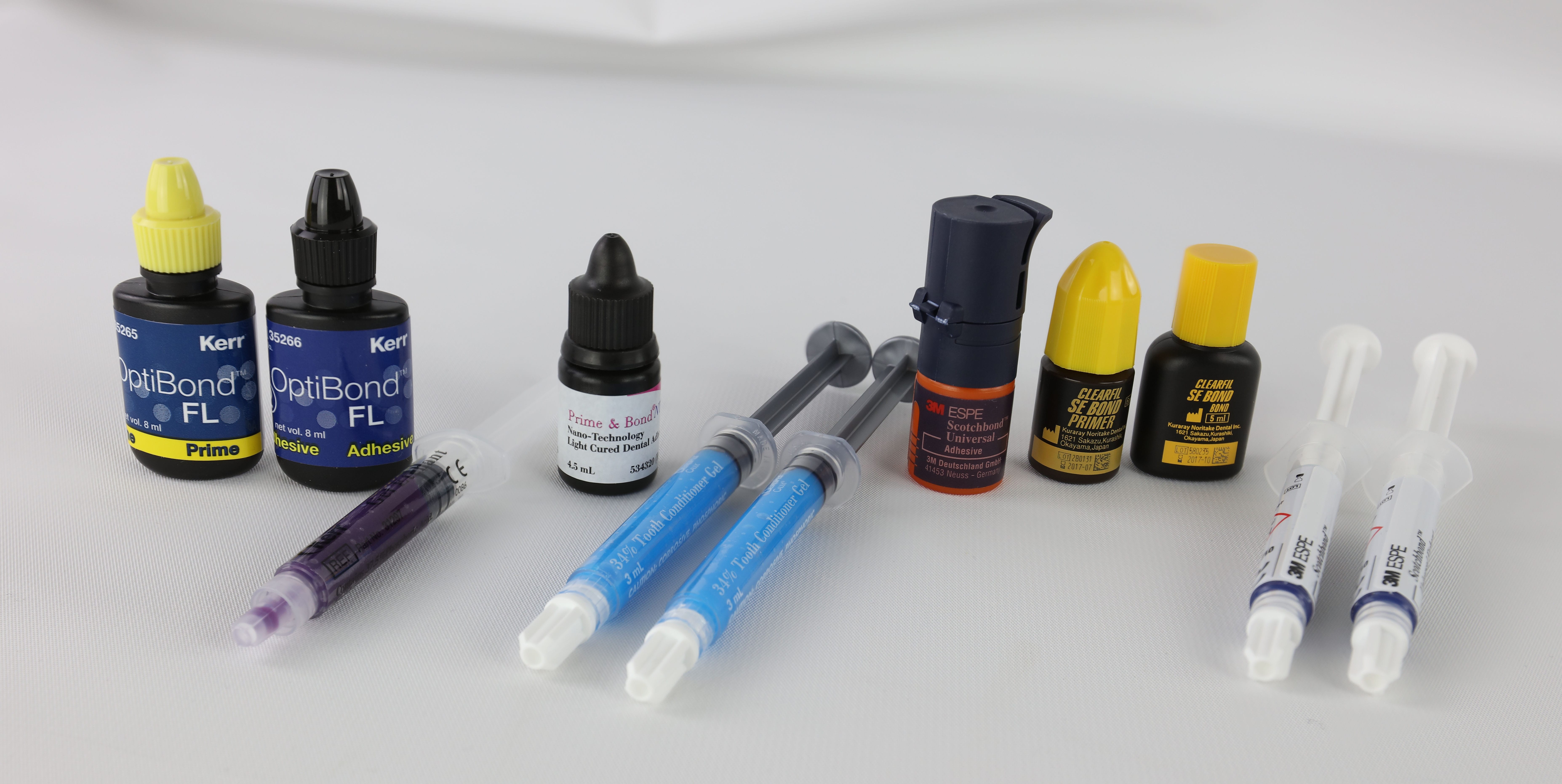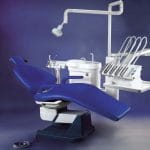Dental crowns are essential tooth-shaped caps designed to cover and protect damaged or decayed teeth. They play a vital role in restoring not only the function but also the appearance and strength of compromised teeth. As dental technology evolves rapidly, significant advancements are reshaping how these restorations are designed, manufactured, and placed.
In this comprehensive guide, we will explore the latest innovations in dental crown technology, including:
- 3D printing techniques that allow for precise customization,
- Materials advancements, such as zirconia and porcelain-fused-to-metal,
- Digital scanning technologies that enhance fitting accuracy.
We aim to break down these complex concepts into easy-to-understand sections, ensuring you grasp the future of dental care.
Digital Dentistry: The Future is Now
Imagine designing and creating a custom-fitted dental crown in just one visit—no messy impressions or temporary restorations required. This is the promise of digital dentistry, a revolutionary approach transforming how dental crowns are made.
Intraoral Scanners: Similar to how a camera captures images, intraoral scanners generate highly accurate 3D digital impressions of your teeth and mouth. These advanced devices eliminate the need for traditional, uncomfortable impression materials, enhancing both convenience and comfort for patients.
CAD/CAM Technology: Computer-Aided Design (CAD) and Computer-Aided Manufacturing (CAM) systems work together to design and fabricate dental crowns with exceptional precision. Utilizing the digital impressions from intraoral scanners, CAD software enables dentists to create a custom crown tailored specifically to your needs. The CAM component then mills this crown from a solid block of material, guaranteeing an ideal fit.
Same-Day Crowns: By integrating intraoral scanners with CAD/CAM technology, dentists can now provide same-day crowns. This innovation allows you to enter your dentist’s office, have your tooth prepared, and leave with a permanent, custom-fitted crown—all within a single visit—thus eliminating the need for multiple appointments and temporary restorations.
However, while these technologies offer significant advantages such as increased comfort and efficiency, they also require an initial investment in equipment and training for dental staff. As digital dentistry continues to evolve, understanding both its benefits and challenges will help you make informed decisions about your dental care.
Advanced Materials: Strength and Aesthetics Combined
The technology behind dental crowns has significantly advanced, leading to improved materials for their construction. Modern dental crowns are engineered to replicate both the natural appearance and strength of your teeth, providing a seamless and durable restoration.
Zirconia: This advanced ceramic is celebrated for its exceptional strength and durability, making it ideal for crowns in areas subjected to high bite forces. With a flexural strength ranging from 700 to over 1,400 MPa, zirconia crowns are particularly effective for posterior teeth where durability is paramount. Additionally, zirconia crowns exhibit excellent biocompatibility, minimizing the risk of allergic reactions.
Lithium Disilicate: Renowned for its translucency and aesthetic appeal, lithium disilicate is a glass-ceramic material that closely resembles natural tooth enamel. With a flexural strength of approximately 400-500 MPa, these crowns are not only visually appealing but also highly durable, making them suitable for both anterior (front) and posterior (back) teeth. They are often preferred in esthetic zones due to their superior light-reflecting properties.
Hybrid Materials: By combining the strengths of traditional ceramics with the aesthetics of composite resins, hybrid materials such as resin-based ceramics provide an optimal solution. These materials effectively mimic the natural light-reflecting properties of teeth while offering enhanced strength—making them an excellent choice for patients seeking both durability and aesthetics.
This comprehensive overview highlights how advancements in dental crown materials can meet diverse patient needs while ensuring optimal performance in restorative dentistry.
Minimally Invasive Techniques
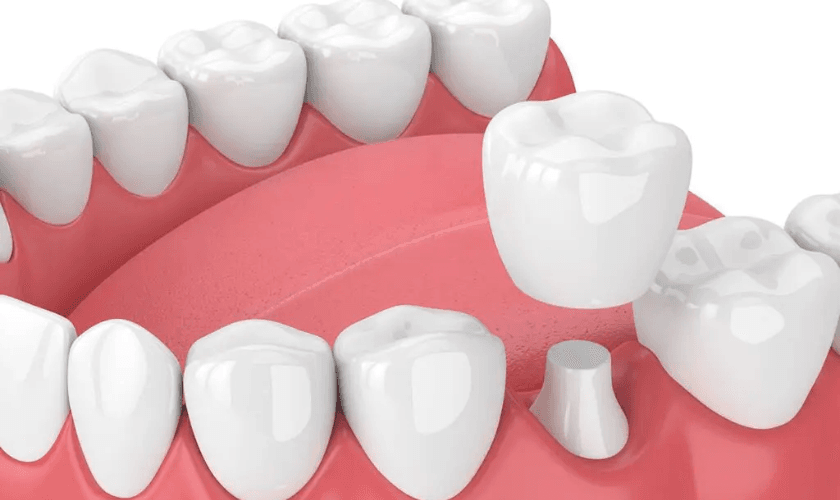
Recent advancements in dental crown technology emphasize minimally invasive techniques that prioritize the preservation of natural tooth structure. These innovative approaches significantly reduce the need for extensive tooth preparation, thereby promoting better long-term oral health and aligning with a broader trend towards patient-centered care in dentistry.
Chairside Economical Restoration of Esthetic Ceramics (CEREC) is a prime example. This cutting-edge technology enables dentists to create and place ceramic crowns in just one visit—eliminating traditional impressions and temporary restorations. By utilizing digital imaging and CAD/CAM technology, CEREC designs and mills custom crowns efficiently while you wait. Notably, CEREC crowns can last between 10-30 years, depending on individual care and material choice, making them a durable option.
Additionally, minimally invasive tooth preparation techniques allow dentists to remove less tooth structure compared to traditional methods. Thanks to advancements in materials and techniques, practitioners can now preserve more of your natural tooth, minimizing complications and enhancing overall tooth health.
Furthermore, bioactive materials, such as bioactive glasses and ceramics, bond effectively with natural tooth structures. These materials not only support but also stimulate the regeneration of tooth enamel by releasing ions that promote remineralization, contributing to long-term preservation of your teeth over time.
Impact on Dental Health and Oral Hygiene
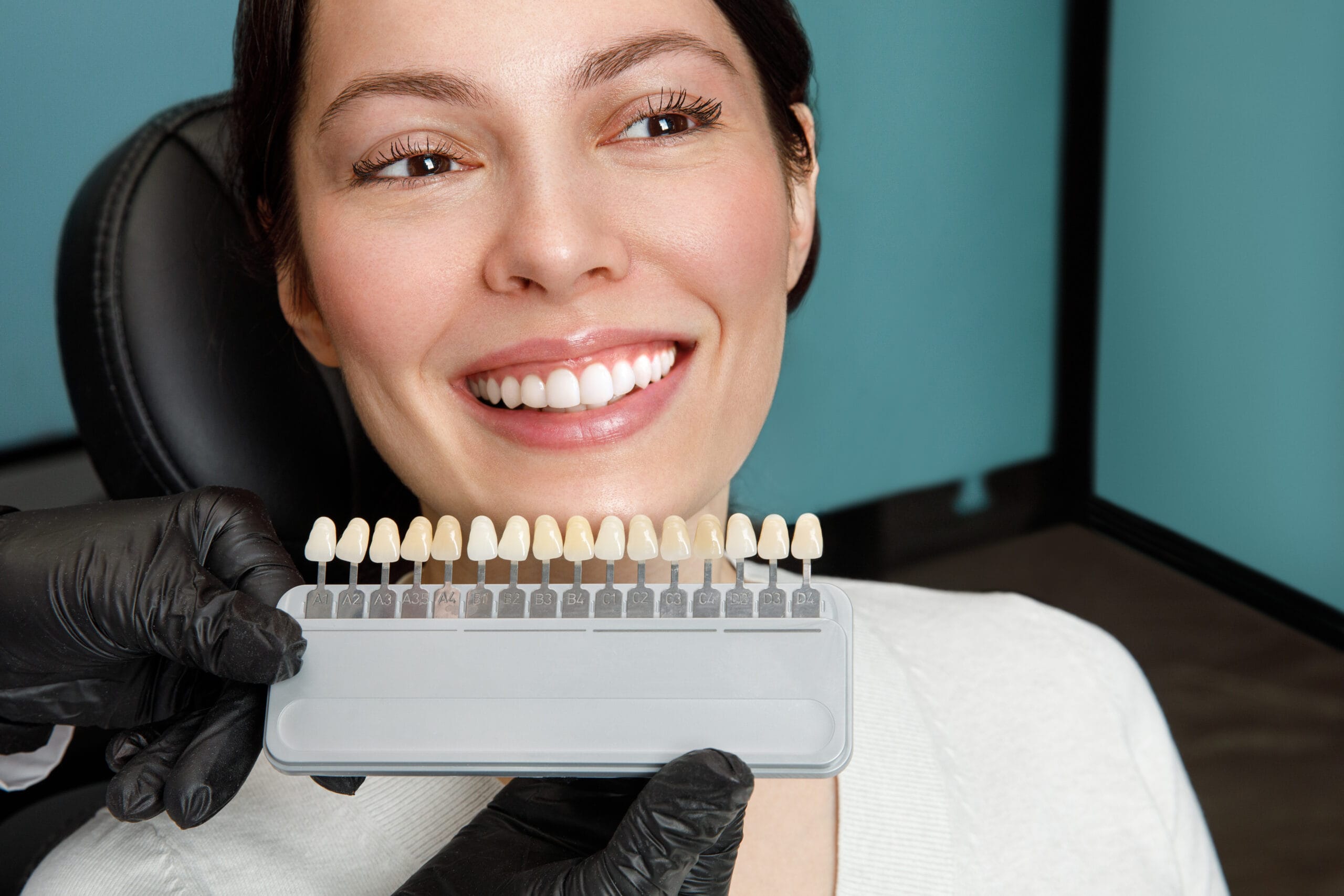
Advancements in dental crown technology significantly enhance both the aesthetic appeal and functionality of restorations, positively affecting overall dental health and oral hygiene practices.
Improved Fit and Comfort: Thanks to digital impressions and CAD/CAM technology, dental crowns are now custom-designed for a seamless fit. This precision minimizes discomfort, irritation, and food impaction risks.
Enhanced Durability: Utilizing advanced materials such as zirconia and lithium disilicate, modern crowns offer superior durability. They resist wear and fractures while maintaining a natural appearance that blends seamlessly with surrounding teeth.
Easier Maintenance: Many contemporary crown materials feature smoother surfaces that resist plaque buildup. This design facilitates better oral hygiene practices among patients, lowering the chances of gum disease or tooth decay.
Protection Against Decay: By covering the entire visible portion of a tooth, crowns create a barrier that seals out bacteria, effectively preventing further decay and protecting weakened teeth from structural damage.
Patient Education: Digital imaging technologies empower dentists to effectively educate patients about their oral health. This includes emphasizing the importance of proper care for dental restorations.
Recent advancements in dental crown technology have made it possible to replace traditional, costly metals used in dental crowns with more affordable and durable materials such as zirconium oxide and lithium disilicate. Additionally, the use of in-office dental CAD/CAM technology enables digital scans of the patient’s tooth, which a 3D printer then uses to mill the crown. This technology has made it possible to design, create, and install dental crowns in as little as one day, a significant improvement over traditional methods that required multiple visits.
The latest dental crowns are made from a variety of materials, including zirconium oxide, lithium disilicate, and polyether ether ketone. These materials are not only more affordable than the metals traditionally used in dental crowns, but they are also quite durable and closely resemble natural teeth. All-ceramic zirconia crowns, in particular, offer comparable longevity to metal crowns and their fracture resistance approaches that of metal alloys.
The cost of dental crowns can range from $500 to $3,000 per tooth, depending on the type of material used. Porcelain crowns typically cost between $800 and $3,000 per tooth, while porcelain fused to metal crowns can vary between $800 and $1,400 per tooth. Insurance frequently covers the cost of the crown, which can significantly lower the out-of-pocket expense for patients.
The procedure for getting a dental crown typically involves preparing the tooth, taking an impression or digital scan, and then installing the crown. With the use of in-office dental CAD/CAM technology, this process can be completed in a single visit. The dentist uses the digital scan to create a 3D model of the tooth, which a milling machine then uses to create the crown. Once the crown is ready, it is cemented to the tooth.
The latest dental crown technology offers several benefits. The use of new materials such as zirconium oxide and lithium disilicate results in crowns that are more affordable, durable, and natural-looking than traditional metal crowns. The use of in-office dental CAD/CAM technology allows for the design, creation, and installation of dental crowns in a single visit, saving patients time and inconvenience. Additionally, these computer-designed crowns are more accurate and fit better than traditional crowns.
